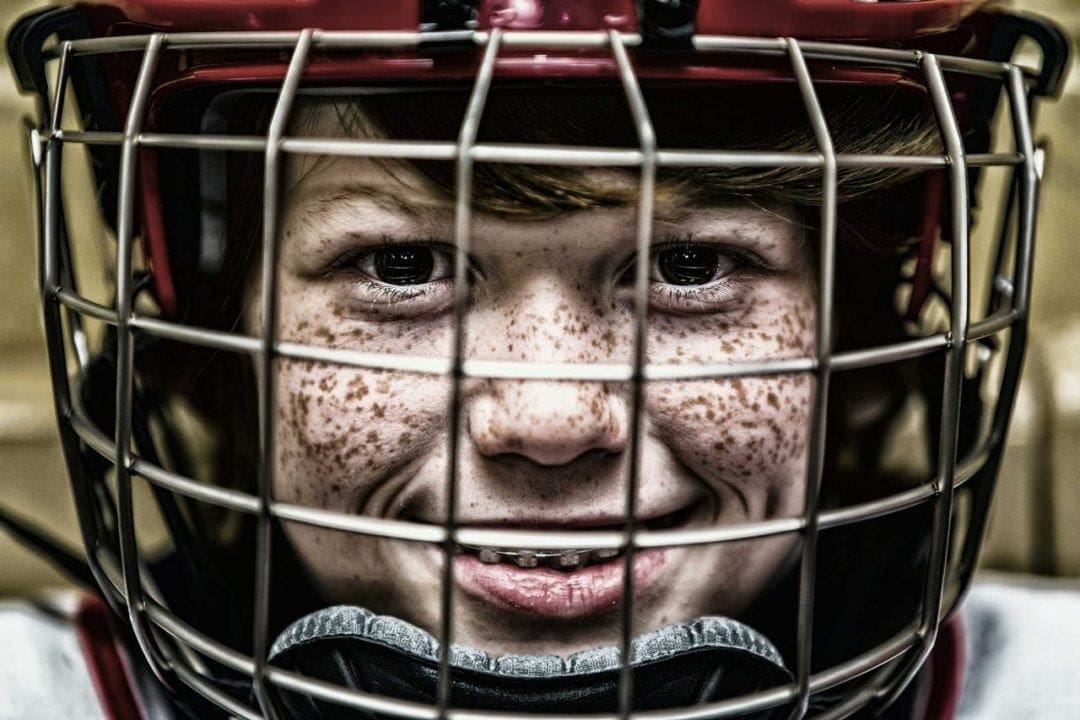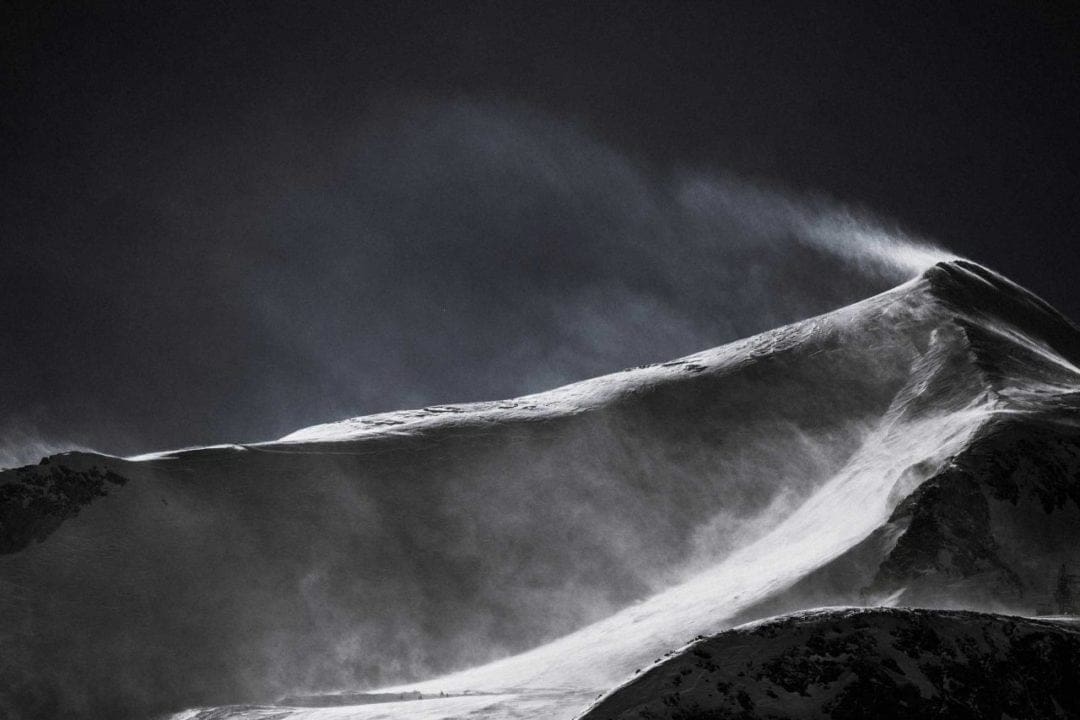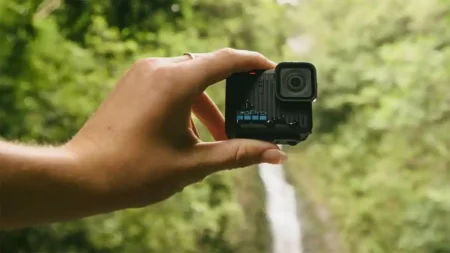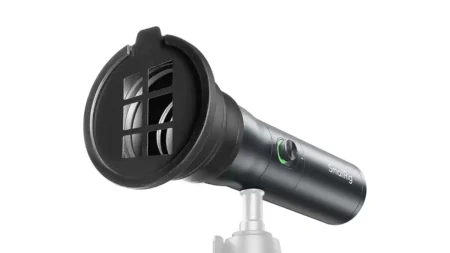What is manual exposure mode and how can it open up your photography? If you want to control both depth of field and movement blur, your camera’s manual exposure mode is the best choice because it allows you to set both the aperture and the shutter speed.
It might be a bit overwhelming the first few times you use, it so we’ve put together a quick list of best practice advice to help you gain confidence!
Understanding manual exposure: 01 Find a balance
It can be tempting when you first start using manual exposure mode to try and get everything sharp with small aperture settings and freeze any movement with very fast shutter speeds.
This may work in some circumstances, but you’ll end up with images that look very similar to one another and they’ll likely have a lot of noise because you’ll have to increase the sensitivity value.
A better approach is to take some time to consider how much depth of field is required for each shot and what shutter speed you need for sharp subjects and to avoid blur from camera-shake. Taking these things into account should allow you to restrain your sensitivity value.
SEE MORE: What is a raw file in photography?

Understanding manual exposure: 02 Keep an eye on the exposure level
Don’t be fooled by the name ‘manual mode’ when it comes to setting exposure, you can still use your camera’s exposure level as a guide. The camera deems what it considers to be the correct exposure, and then it will display an exposure range that typically covers 2 or 3 stops above and below this.
This display comes in a variety of forms, depending on your camera. If the exposure will be out of this range due to the aperture, shutter speed and sensitivity values you’ve set, the camera will usually let you know and indicate where the ‘error’ is coming from.
For instance, an indication of underexposure (typically signalled by an arrow on the side with a minus sign) will require you to open up the aperture, increase exposure time or raise sensitivity (or a combination thereof) to push the exposure back into range.
Understanding manual exposure: 03 Take control of sensitivity
Shutter speed, aperture and sensitivity are the three components of exposure control. When you’re shooting in changing light it’s helpful to let the camera set the sensitivity value by setting it to automatic, which allows you to maintain constant aperture and shutter speed settings.
Although, the camera establishes this sensitivity value according to what it determines to be the ‘correct’ exposure, so you’ll have to set the sensitivity yourself if you prefer it to be lighter or darker.
Many cameras allow you to set a maximum value when using the auto sensitivity setting to prevent it from using very high values that can create a lot of image noise. On the other hand, if the lighting conditions are very dark you’ll still be able to let the camera use those upper values.
SEE MORE: 6 beginner photography techniques you can use forever

Understanding manual exposure: 04 Adjust settings if light levels change
If you’re manually setting the aperture, shutter speed and sensitivity values you’ll have to make note of any changes in the light while you’re shooting and make the appropriate adjustments on your camera.
You can simply watch your camera’s exposure level for an indication that light levels in the scene have changed and that you may need to change the exposure as a result.
Understanding manual exposure: 05 Don’t forget about subject brightness
When you’re using an automatic or semi-automatic exposure mode to shoot a very bright or dark subject you make sure that the correct exposure values are used by using the exposure compensation control.
However, if you’re shooting these subjects in manual exposure mode you must select the appropriate exposure values yourself. Subjects that are very bright typically require settings for over-exposure, indicated by an exposure level indicator that’s shifted over to the positive side.
Very dark subjects, on the other hand, generally call for that level indicator to be on the under-exposed side of the scale.
SEE MORE: 6 photography composition techniques for more creative images

Understanding manual exposure: 06 Don’t just use evaluative/matrix/multi-pattern metering
Complete control of image brightness is one of the great things about using manual exposure mode. Rather than use your camera’s general-purpose evaluative, matrix or multi-pattern metering mode, try using spot metering or centre-weighted instead.
Spot metering in particular is quite effective for determining the necessary exposure for rendering a very small part of the scene a mid-tone.
After you’ve positioned the metering spot over the subject, give the shutter release a half-press to trigger the exposure meter. You’ll then adjust the exposure settings accordingly so that the camera indicates a correct exposure.
As long as you’re shooting in constant lighting, you can disregard any variations you see in the exposure level indication and continue to shoot your subject with the assurance that you’ve set an appropriate exposure for it.
Don’t forget that just as you would with evaluative or matrix metering, you’ll have to consider the brightness of your subject.
Understanding manual exposure: 07 You’re smarter than the camera’s exposure meter
Earlier in our list we mentioned the need to shift the indicator past one side of the mid-point to set exposure values that are counter to the camera’s notion of a correct exposure when shooting very bright or dark scenes.
This same method can be used if you want your image to appear lighter or darker than it really is, simply move the exposure indicator toward over- or under-exposure according to your needs.
READ MORE
What is a mirrorless camera: key technology explained
What is a histogram in photography? Common questions answered


